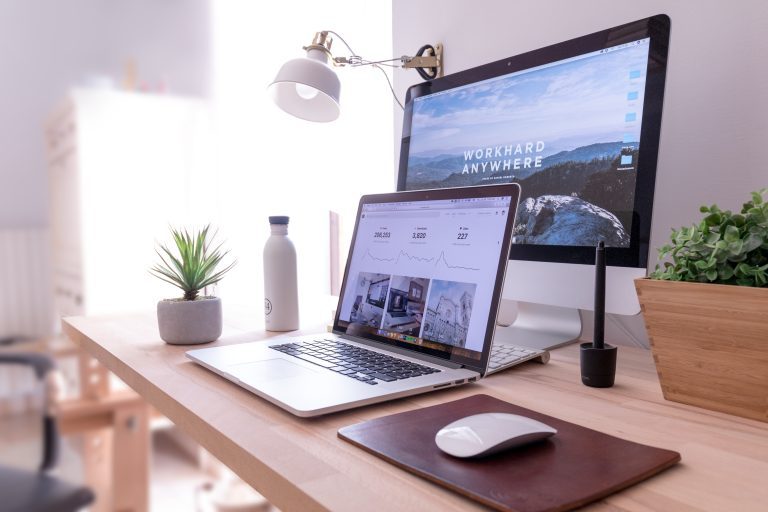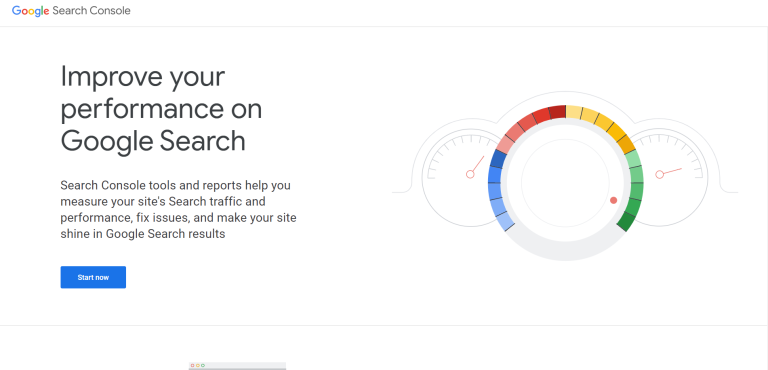How would you feel if your website looks great on PCs, tablets, smartphones, and all sorts of devices? Absolutely great!
The answer to having such a website is having a responsive website. But you need to ensure that your site is fast for the visitors and is developed by the best Ecommerce Developers.
What is Responsive Design?
Responsive design is a practice of developing a website and formatting it so that it can adapt to any screen size that accesses it.
With the increase in the popularity of tablets and smartphones, more and more people are accessing the internet through different kinds of devices, which feature smaller screens.
To make sure that such devices are able to avail full functionality from the website, you have to incorporate various responsive techniques to your website design. So, if you want to know how you can create a highly responsive website then here is a quick guide on how you can do so.
1.Include Relevant Responsive Images
Only a simple design can provide you with flexible images. It is possible to accomplish this with adaptive sizing. The size of your images must be appropriate for mobile users.
It is best to use different breakpoints and store multiple image sizes in the data for multiple screen resolutions.
But can be complex in context to bandwidth usage as you can’t always develop your site assuming that every viewer will have excellent bandwidth access.
A responsive image design offers you with flexible grids, which can be resized to the preferred width. With flexible layouts, it is possible to adjust the height and width regularly across devices.
2. Media Queries
Such queries are the core of any kind of responsive design framework. If you don’t have a responsive theme or possess a static website, it is best to incorporate media queries to the current design. It implies including a style sheet code that dictates how the browser must display your website in different resolutions.
Media queries provide the capacity to showcase distinct styles for browser circumstances and individual device. This potential to implement various targeted styles leverages responsive design.
Such queries enable convenient change of styles depending on various features of the device offering the content, including display type, width, height, and even orientation.
They further allow the development of a responsive experience where applications of particular styles occur in large and small screens.
3. Allow Compression

You must compress the resources of your website by using gzip to reduce the number of bytes a page sends across a network. It will make it much simpler for the users to access as well as navigate the website with faster loading pages and make the usage of the web server resources highly efficient.
Additionally, you must minify JavaScript and CSS by eradicating unwanted breaks and white space. This will help to reduce the file sizes and boost the speed they are parsed and downloaded.
4. Integrate a Viewport
Even if your website has basic pages, it is essential to incorporate a viewport Meta tag. It is an extremely crucial component for offering multi-device experience to the users.
Your website will not be able to function properly on mobile devices without a viewport. This component sends signals to the browser that the webpage needs scaling to fit properly to the screen. You can define numerous configurations for the viewport to regulate the page display.
5. Check All Breakpoints
Breakpoints are the points at which the content of your website will respond to offer users the best layout for distinct screen sizes.
Responsive websites will have at least two break points. It is a straightforward process to develop a custom breakpoint and you need to possess the knowledge on developing media queries. When you create breakpoints, it is vital to consider some tips such as:
- Make sure the custom breakpoints do not clash with the standard breakpoints.
- It is vital that you examine your website at distinct points. Which are not set to default to develop an experience, which is highly cohesive?
- It is essential to maintain consistency in the viewing experience as this will make you appear as an expert.
6. Remove Non-Essential or Unimportant Content
If you want your responsive or mobile-friendly design to stand out then you must keep in consideration that some of the content is not supposed to function in the mobile context.
If such elements exist in the website or its potential layout, remove them instantly for whichever mobile setting.
It is possible to achieve this by applying a non-mobile class to specific elements that you would like to eliminate when users view the site in a mobile context. Or you could simply eradicate such elements permanently for every website version.
Conclusion
You have to focus on your website’s performance, especially when it is about to responsive design. Hence, consider all such factors like the flexibility that will contribute to the sites. Which perform well and have low loading speed.
We are leading e-commerce developers based in India. We offer solutions and products to companies to convert their designs into professional and functional products.





Comments are closed.